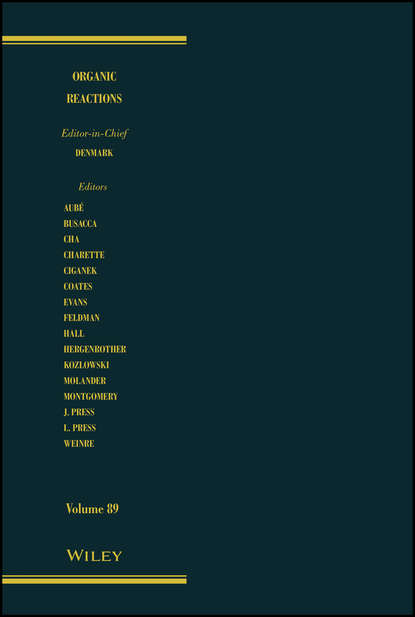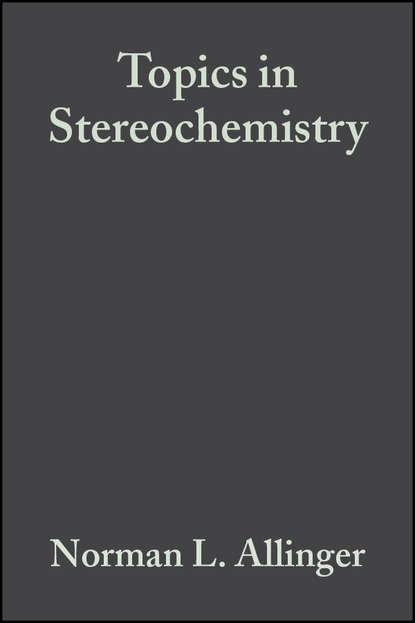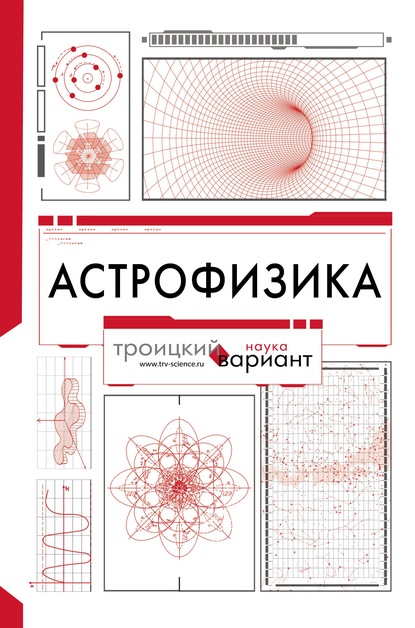Эта книга помогает развить новые взгляды и глубокое понимание органической химии. Преподаватели и студенты одинаково хвалили «Перспективы структуры и механизма в органической химии», потому что она мотивирует читателей думать об органической химии новыми и захватывающими способами. Основываясь на собственном опыте преподавания автора в аудитории, текст использует взаимодополняющие концептуальные модели, чтобы дать новые перспективы на структуры и реакции органических соединений. Первые пять глав текста обсуждают структуру и связывание стабильных молекул и реакционноспособных промежуточных продуктов. За ними следует глава, исследующая методы, которые органические химики используют для изучения механизмов реакций. Оставшиеся главы рассматривают различные типы кислотно-основных, замещающих, присоединяющих, элиминирующих, перициклических и фотохимических реакций. Это второе издание было тщательно обновлено и переработано, чтобы отразить последние выводы в области физической органической химии. Более того, это издание включает: новые ссылки на самую свежую первичную и обзорную литературу, больше вопросов для изучения, чтобы помочь читателям лучше понять и применить новые концепции в органической химии, освещение новых тем, включая теорию функционала плотности, квантовую теорию атомов в молекулах, теорию Маркуса, молекулярное моделирование, влияние растворителя на органические реакции, асимметричную индукцию в нуклеофильных присоединениях к карбонильным соединениям и динамические эффекты на пути реакций. Почти 400 задач в тексте не только позволяют студентам проверить свое понимание концепций, представленных в каждой главе, но и побуждают читателей активно анализировать и оценивать химическую литературу, а также развивать и защищать собственные идеи. С акцентом на взаимодополняющие модели и независимое решение проблем, этот текст идеально подходит для курсов органической химии уровня бакалавриата и магистратуры.
Textbook Helps to Develop New Perspectives in Organic Chemistry Textbook aims to provide instructors and students an engaging learning experience by encouraging them to think creatively and explore new ideas within organic chemistry. Brake Carroll's text takes into account students' prior knowledge and levels of experience in order to equip them with new conceptual tools. Through their hands-on experiences, chapter by chapter, students are introduced to organizing principles that can help frame how to better approach and explain organic structures and their transformations. Beginning with chapters discussing the nature of bonding and how this translates to lifelike molecule structures, the book then moves on to show observer methods by which organic chemists analyze the sequencing and dinamics behind chemical reactions. Elasticatedly, while previous editions have been thoroughly revised, careful consideration has been taken when updating this edition to make sure that it has made its mark on both traditional and interdisciplinary approaches within chemical education. By now, covering not only classic theories but also new emerging ideas is the name of the game when it comes to teaching chemistry. From coverage of Density Functional Theory, through Quantum Theory of Atoms in Molecules, all the way to Molecular Dynamics simulations, the Second Edition not only provides an unparalleled synopsis of these important ideas but also sheds light on their applications within a more holistic, experimental context. At the heart of each chapter portion lies you a wealth of conceptual problems that serve not only as challenging practice exercises but are similarly compelling probes of and insight into the material presented. Treating and tackling each case intelligently leaves room for students and instructors alike to share and exchange ideas freely. Indeed, through the extensive usage of practically every problem, not only is student comprehension measured but they are also systematically brought, if they choose to approach them so, to see how and why particular chemical ideas come to be, reinforcing their significance and purpose within an organic chemistry classroom. Naturally, among the added textbook highlights are newly announced references to primary and review literatures, which dramatically augments the pedagogical value of this edition. Together, these improvements render Perspectives on Structures & Mechanisms in Organic Chemistry an utterly refined, up-to-date, and self-learning life within even the most complex organic chemistry course syllabus. Left from the prior edition's structure, wide ranging specifics on various aspects of organic acid and base reactions, substitution and elimination effects are addressed. These analytic distinctions help prepare students for the complex chemistry that underpins biochemistry and other, multidisciplinary domains. Ultimately, though interwoven deeper is Carroll's passionate inclination towards accessible thinking. To further this mission, he ensures that nearly every topic tackled in the book checks back with carefully articulated examples of real-world scenarios imbued with digestible lessons, leaving absolutely zero room for misinterpretation. These detailed examples serve as guideposts both in comprehending abstract chemical concepts and - most intriguingly - broadening one's grasp of interested and unsuspected connections to other flavors of science and the art, culture, and technology beyond the sack. The unique, yet ingenious structural organization of perspects on structure and mechanism in their entirety, provides a sense of intentional unity to the textbook as a whole. Individual chapters are placed at the optimal spots to complement one another; together they form a crisscrossing framework that invites reflection, feels flexible and adaptive for discussing data and experiments, and provides the sensitivity necessary to nurture critical discernment. As upper-undergraduate and graduate students approach Carroll's textbook, they enter a realm of rigorous learning, intelligent discussion, and endlessly enriching academic experiences.
This book helps in developing new perspectives and deepening one's understanding of Organic chemistry. Instructors like me have found it motivating to make students think in new ways of dealing with this complex subject. The author has written this book in such a way as to expose the reader to organic chemistry from different perspectives. In the initial chapters, he introduces the structure-bonding identity of stable molecules, reactive intermediates, and the ways organic chemist analyze reactional mechanism. Moving on, there are later chapters on acido-base, substitutioan, addition, elimnination, etc., reactions.
Электронная Книга «Perspectives on Structure and Mechanism in Organic Chemistry» написана автором Felix Carroll A. в году.
Минимальный возраст читателя: 0
Язык: Английский
ISBN: 9781119054818
Описание книги от Felix Carroll A.
Helps to develop new perspectives and a deeper understanding of organic chemistry Instructors and students alike have praised Perspectives on Structure and Mechanism in Organic Chemistry because it motivates readers to think about organic chemistry in new and exciting ways. Based on the author's first hand classroom experience, the text uses complementary conceptual models to give new perspectives on the structures and reactions of organic compounds. The first five chapters of the text discuss the structure and bonding of stable molecules and reactive intermediates. These are followed by a chapter exploring the methods that organic chemists use to study reaction mechanisms. The remaining chapters examine different types of acid-base, substitution, addition, elimination, pericyclic, and photochemical reactions. This Second Edition has been thoroughly updated and revised to reflect the latest findings in physical organic chemistry. Moreover, this edition features: New references to the latest primary and review literature More study questions to help readers better understand and apply new concepts in organic chemistry Coverage of new topics, including density functional theory, quantum theory of atoms in molecules, Marcus theory, molecular simulations, effect of solvent on organic reactions, asymmetric induction in nucleophilic additions to carbonyl compounds, and dynamic effects on reaction pathways The nearly 400 problems in the text do more than allow students to test their understanding of the concepts presented in each chapter. They also encourage readers to actively review and evaluate the chemical literature and to develop and defend their own ideas. With its emphasis on complementary models and independent problem-solving, this text is ideal for upper-level undergraduate and graduate courses in organic chemistry.



















